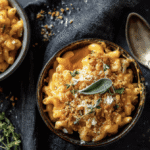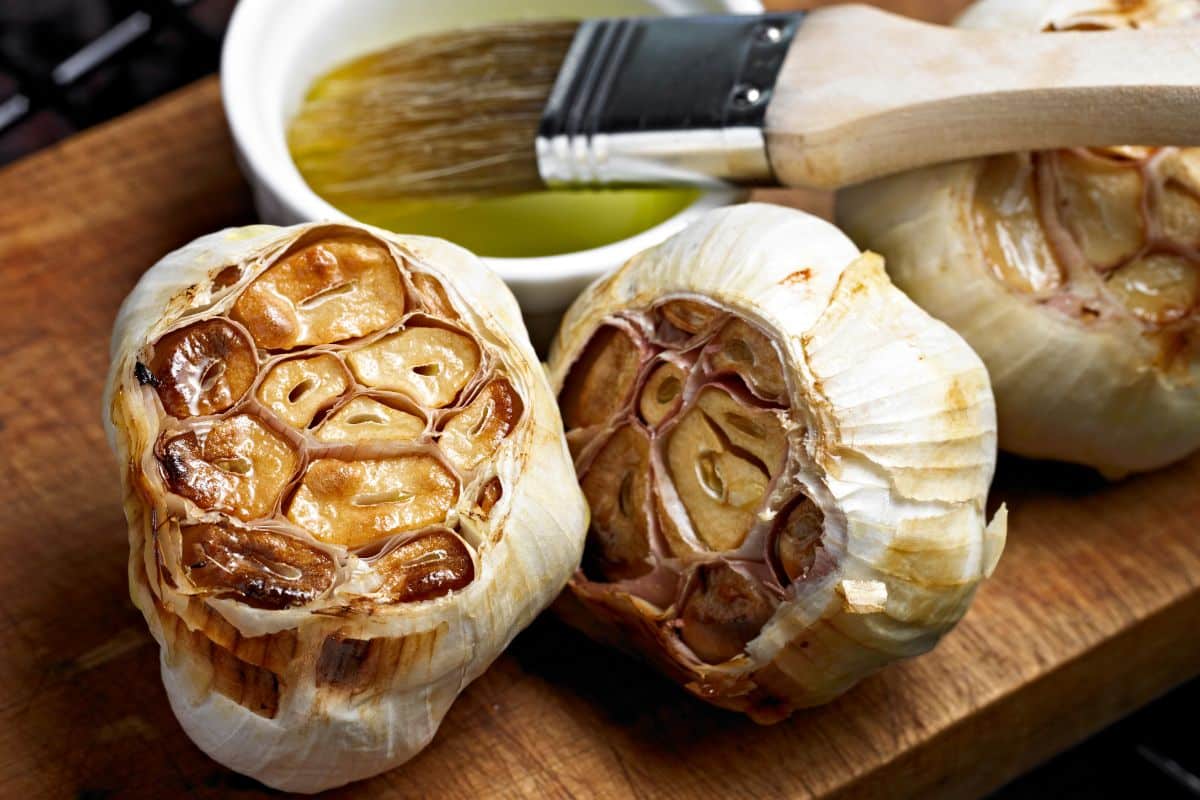Garlic roasting transforms sharp, pungent cloves into sweet, caramelized gems that enhance countless dishes. A dedicated garlic roaster simplifies this culinary technique, ensuring even heat distribution and optimal results. These specialized tools create perfectly roasted garlic bulbs with minimal effort and maximum flavor development.
The roasting process mellows garlic’s intensity while developing complex, nutty undertones. Professional chefs and home cooks alike appreciate how roasted garlic elevates everything from bread spreads to sophisticated sauces. Understanding proper roasting techniques ensures consistent results every time you use your garlic roaster.
Preparing your garlic for roasting success
Selecting the right garlic bulbs forms the foundation of exceptional roasted garlic. Choose firm, plump bulbs with tight, papery skin and no visible sprouting. Fresh garlic produces superior flavor compared to older, softer bulbs that may have begun deteriorating.
Begin preparation by removing loose outer layers while keeping the bulb intact. Trim approximately half an inch from the top, exposing the individual cloves inside. This cutting technique allows oil and heat to penetrate effectively during the roasting process.
Drizzle high-quality olive oil over the exposed cloves, ensuring each one receives adequate coverage. The oil prevents burning while promoting even browning and caramelization. Season lightly with coarse salt and freshly ground black pepper if desired, though many prefer the pure garlic flavor without additional seasonings.
Some roasting enthusiasts add fresh herb sprigs like thyme or rosemary during preparation. These aromatic additions infuse subtle flavors into the garlic while creating an appealing presentation. Just as basic basil facts and recipes showcase herb versatility, experimenting with different herbs expands your roasted garlic repertoire.
Wrap the prepared bulb in aluminum foil, creating a sealed packet that traps moisture and promotes even cooking. Alternatively, place the bulb directly in your garlic roaster if the design accommodates unwrapped bulbs. Proper preparation ensures optimal texture and flavor development throughout the roasting process.
Mastering the roasting technique with your garlic roaster
Preheat your oven to 400°F (200°C) for optimal roasting conditions. This temperature provides sufficient heat for caramelization without burning the delicate cloves. Some garlic roasters work best at slightly lower temperatures, so consult your specific model’s instructions for best results.
Place the prepared garlic bulb in your roaster according to the manufacturer’s guidelines. Most ceramic or clay roasters require covering with their accompanying lid to create the ideal steaming environment. Terra cotta roasters often need soaking in water before use to prevent cracking during heating.
The roasting timeline typically ranges from 30 to 45 minutes, depending on bulb size and desired doneness level. Smaller bulbs roast faster than larger ones, while personal preference determines whether you prefer lightly golden or deeply caramelized cloves. Check progress periodically by gently pressing the bulb to assess softness.
Here’s a step-by-step roasting process for optimal results :
- Position the roaster on the middle oven rack
- Roast for 20 minutes without opening the lid
- Check doneness by gently squeezing the bulb
- Continue roasting in 5-minute intervals until tender
- Remove when cloves easily squeeze out of their skins
Properly roasted garlic yields golden-brown cloves with a soft, spreadable consistency. The individual segments should squeeze out easily when pressed, similar to toothpaste from a tube. Undercooked garlic remains firm and retains too much sharpness, while overcooked cloves become bitter and dry.
Creative applications for your perfectly roasted garlic
Roasted garlic’s versatility extends far beyond simple bread spreads, though that remains a beloved classic application. The sweet, mellow flavor complements both rustic and refined dishes, making it an invaluable ingredient in contemporary cooking.
Create gourmet compound butters by mashing roasted cloves with softened butter and fresh herbs. These flavored butters enhance grilled vegetables, steaks, and artisanal bread. Store compound butter in the refrigerator for up to one week, just like other perishable ingredients require careful storage timing.
Incorporate roasted garlic into soups, sauces, and salad dressings for depth and complexity. The caramelized cloves blend seamlessly into creamy preparations while adding subtle sweetness to vinaigrettes. Many chefs consider roasted garlic essential for developing rich, layered flavors in their signature dishes.
Roasted garlic transforms simple ingredients into restaurant-quality dishes. Mix it into mashed potatoes, pasta sauces, or hummus for elevated flavor profiles. Speaking of hummus, understanding how long hummus keeps in the refrigerator helps you plan ahead when preparing garlic-enhanced versions.
Consider roasted garlic as a pizza topping, sandwich spread, or marinade component. Its mild flavor pairs beautifully with leafy greens in salads or grain bowls. The possibilities multiply when you master this fundamental roasting technique.
Storage tips and serving suggestions
Proper storage maintains roasted garlic’s quality and extends its usability period. Refrigerated roasted garlic stays fresh for up to two weeks when stored in airtight containers with a light oil coating. This storage method prevents oxidation and maintains the cloves’ creamy texture.
For longer preservation, freeze roasted garlic cloves in ice cube trays with olive oil. Once frozen solid, transfer the cubes to freezer bags for convenient portioning. This method provides ready-to-use roasted garlic for up to six months without significant quality loss.
Serving roasted garlic requires minimal preparation since the cooking process does most of the work. Simply squeeze the soft cloves from their papery skins directly onto bread, crackers, or into dishes. The natural presentation appeals to both casual gatherings and formal dinner parties.
Temperature considerations matter when serving roasted garlic. While delicious warm from the oven, it’s equally appealing at room temperature. Cold roasted garlic works well in composed salads or cold appetizers, demonstrating its adaptability across various serving temperatures.
Pairing roasted garlic with complementary flavors enhances its appeal. Sharp cheeses, crusty bread, and robust wines create memorable combinations. Whether you’re hosting a casual gathering or need creative bottle opening techniques for beverages, roasted garlic elevates any dining experience with its sophisticated yet approachable character.










